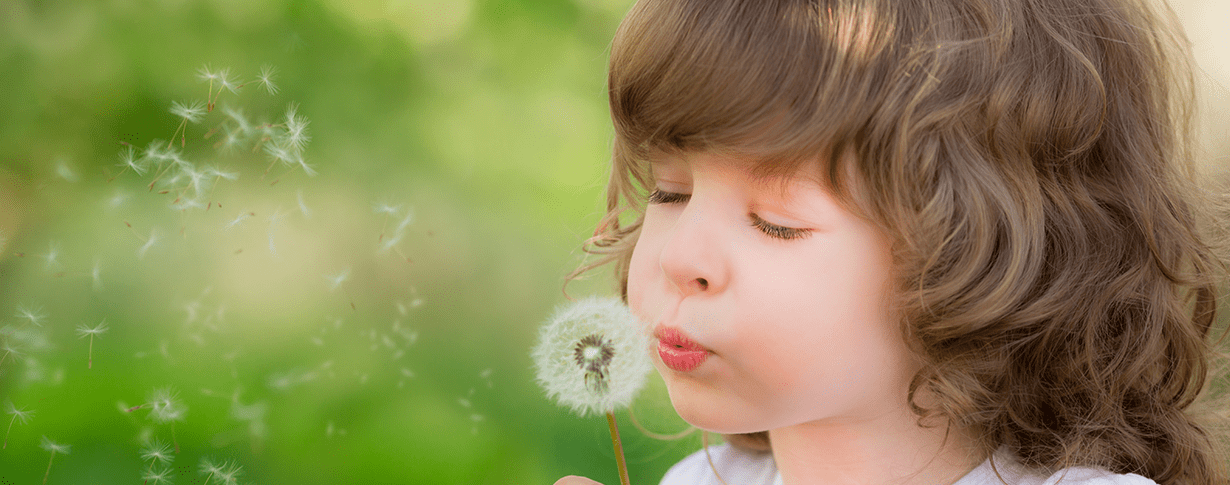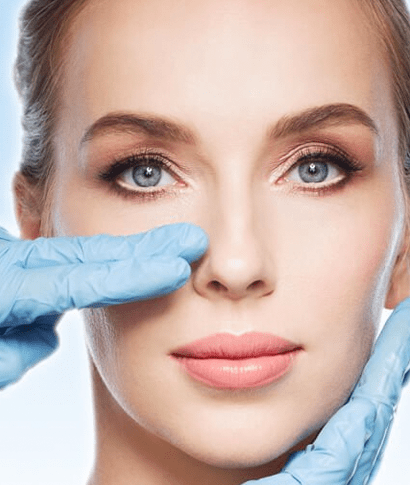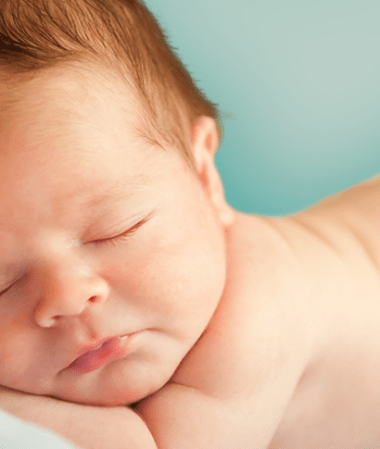Spring Allergies in Children
With the arrival of the spring season, the beautiful days of spring in March, April and May and the sun are telling us to wink and throw ourselves out. The month of spring raises our energy and most of us love the spring season, but there are some situations that we need to pay attention to this season. These; spring fatigue, colds, food poisoning and diarrhea, as well as the triggering and exacerbation of the symptoms of allergic diseases. Nasal allergy, eye allergy and asthma are the most important diseases of the spring season.
What does spring allergy mean?
With the emergence of pollen in the spring and its spread to the air, the appearance of allergic rhinitis in the form of nasal itching, nasal congestion, cold, sneezing and eye allergy symptoms such as watering and itching in the eyes is called spring allergy.
In addition, asthma symptoms are triggered in the spring months, and frequent coughing and shortness of breath can be seen. Because the main cause of spring allergy is the emergence of pollen and triggering allergic reactions. For this reason, spring allergy is also called pollen allergy.
So how do we know we have a spring allergy?
Allergic flu symptoms such as frequent colds, nasal congestion, frequent sneezing, itching in the nose, itching in the palate, itching in the ears, frequent nosebleeds, eye allergy symptoms such as watery eyes and itching, and asthma symptoms such as frequent coughing and shortness of breath in the spring months indicate that we have spring allergies. are thought-provoking findings.
And if these symptoms occur especially in spring, spring allergy should definitely come to mind.
Spring allergies cause damage to the eyes, nose and lungs. For this reason, the nose, eyes and lungs become extremely sensitive. Hypersensitivity to external factors and especially to odors. Since children with spring allergies are extremely sensitive to odors, we recommend washing clothes, towels and bed covers with the purest perfume-free detergents and using perfume-free, odorless products for house cleaning.
Spring allergies also bring fatigue, which affects children’s school success. In addition, their sleep quality deteriorates as their noses are usually blocked due to spring allergies. Children who cannot get quality sleep feel tired and sluggish throughout the day. As a result, spring allergy can seriously affect school success in children.
When do symptoms start?
Spring allergy symptoms usually begin in March, the first month of the spring season. The first pollens to appear are tree pollens. In April and May, more grass pollens appear. From the end of June to October, weed pollen shows itself. It is possible for us to take precautions and protect ourselves by knowing which pollen we are allergic to.
Another important issue that we need to know in particular is which plants pollinate more. Since the pollen of flowering plants is carried by insects, it is less in the air. For this reason, it causes less pollen allergy. Pollination of non-flowering plants is by wind. Therefore, there is a large amount of pollen in the air during the pollen season.
How is spring allergy diagnosed?
Children with spring allergy symptoms should be evaluated in detail by a pediatrician. Some tests are done to make a diagnosis. The most diagnostic of these tests are allergy tests performed on the skin. Although there are allergy tests made from blood, they cannot diagnose every allergy. We decide on blood or skin tests according to the child’s age and symptoms. However, skin tests are often much more effective in diagnosis.
Allergy tests make a great contribution to making a diagnosis for us. It also guides us in the diagnosis, which allergens should be protected, and how to treat it.
At what age are allergy tests done?
Allergy tests can be performed at any age, starting from the newborn period. There are age-appropriate allergy tests.
Spring allergy diagnosis is important!!!
Spring allergy can cause results such as flesh growth in the nose, frequent sinusitis, adenoid enlargement, frequent ear infections. It significantly reduces school performance in children.
How is spring allergy treated?
First of all, it is important to diagnose correctly and determine what you are allergic to. The most effective treatment is avoidance of allergens. However, it is not always possible to do this completely and completely eliminate the allergen. For example, we cannot destroy pollen in the air, and it is impossible not to go outside. You can wear a mask or go out during the hours when pollen is less flying. Despite all this, the complaints may not go away completely. That’s when drug treatment should be done. In the treatment of spring allergy, prevention, drug treatment and vaccine treatment are applied.
What precautions should be taken to protect from pollen in the spring months?
When children with spring allergies leave the house, sunglasses should be worn and contact with pollen should be avoided. The filter function of the nose should be utilized by teaching it to breathe through the nose instead of the mouth. Masks can be worn in very dense pollen air. On days when pollen is intense, it should not be wandered outside much. As long as you stay outside, the face and nose should be cleaned from pollen by washing with water at every opportunity. If you have spent time outside, you should change your clothes and take a shower when you come home. Pollen also sticks to our clothes. Those who are allergic to pollen during the pollen season or those who have an allergic disease in their family can choose to change the pollen filter of their cars and use HEPA filtered air conditioners. In addition, drinking plenty of fluids is always beneficial.







